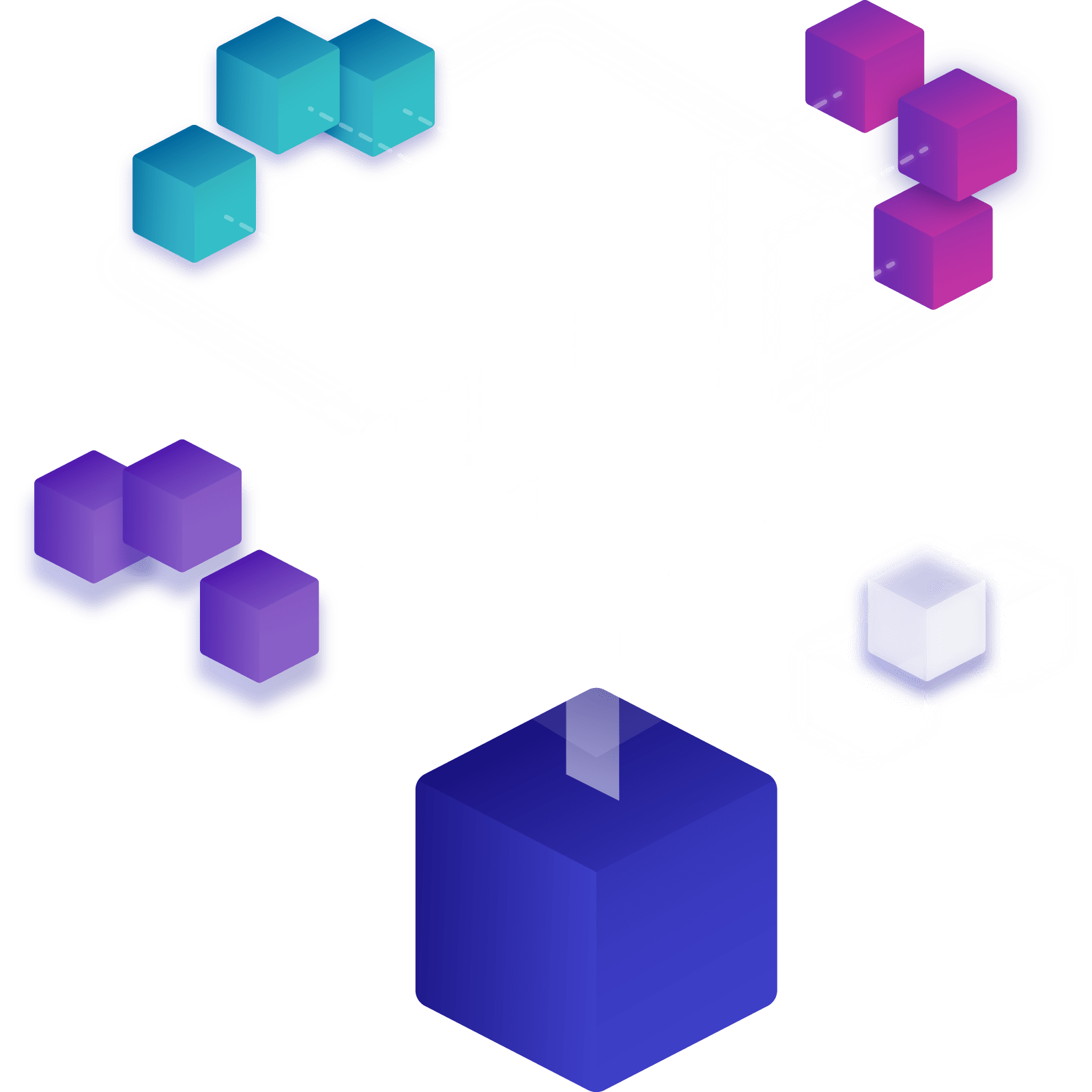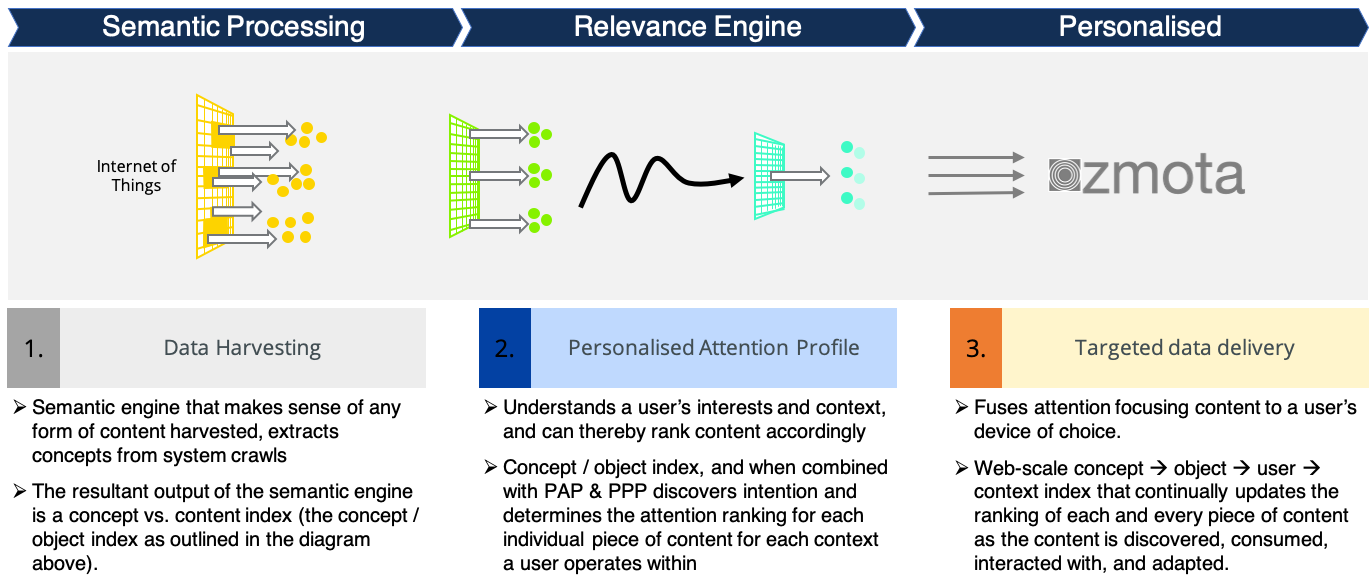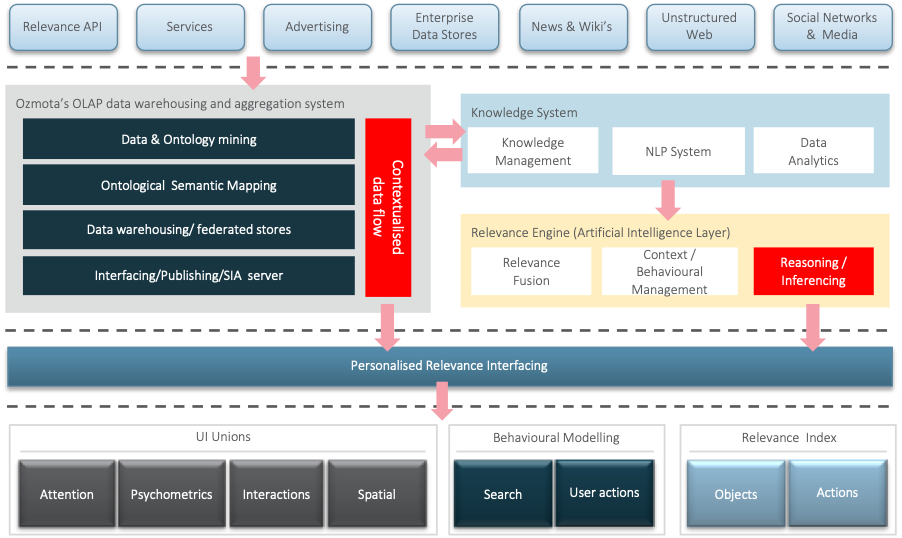How Ozmota’s Semantic Query Engine Works
Ozmota’s semantic engine collects, structures and processes information from various data sources according to semantic and ontological meaning. User’s queries are met with personalised data flow, matching their psychometric profile, enhancing existing Data query methodologies

Semantic Query Technology
Ozmota’s patented semantic engine design is a concept vs. content index. Ozmota’s Patented invention is core to many of the fundamental aspects of contemporary A.I. ontological machine learning and natural language processing-based systems. More specifically, the innovation represent systems and methods for enhancing a user’s ability to search, discover, browse, share, create, trust, predict, advertise, transact and interact with information, knowledge to facilitate actions through a personalised relevancy interface.
Ozmota delivers contextual search/discovery on demand, autonomously, in real-time and in a highly personalised manner. Ozmota’s technology is fundamentally unique compared to existing search algorithms. With Ozmota’s inventions, the underlying user-specific profile, which can be generated from User A and B, can result in different and even unique results from an identical query. Ozmota IP concerns the field of information and knowledge management, and more particularly for enhancing a user’s or entity’s ability to search, discover, browse, share and collaborate with information and knowledge through a personalised relevancy interface used to facilitate such actions

Key advantages from Ozmota’s Technology

- Ozmota’s innovation examines the meaning of content and web pages to determine the concepts represented by this information
- The system represents an index of concepts, not an index of links (different dimension to Google’s PageRank)
- The innovation “Container” leverages the context of concepts for Advertisers by linking information, product or service to users & searches (more targeted than AdWords)
- The system “understands” the needs of users in terms of information consumption, collaboration, and social context
- A user’s needs change with context
- The system aligns a user’s needs with the index of concepts in real-time to reorder their streams of information


